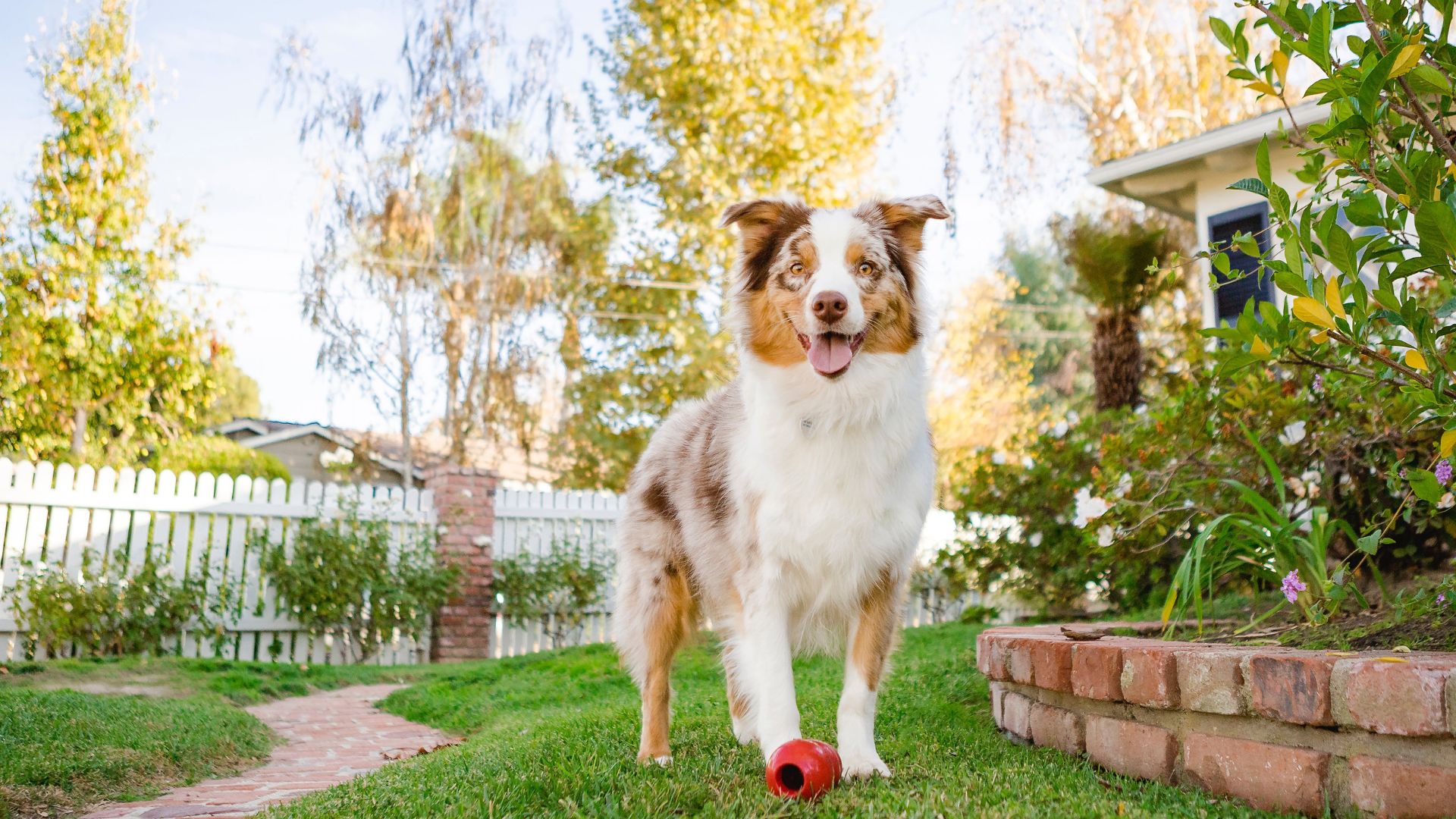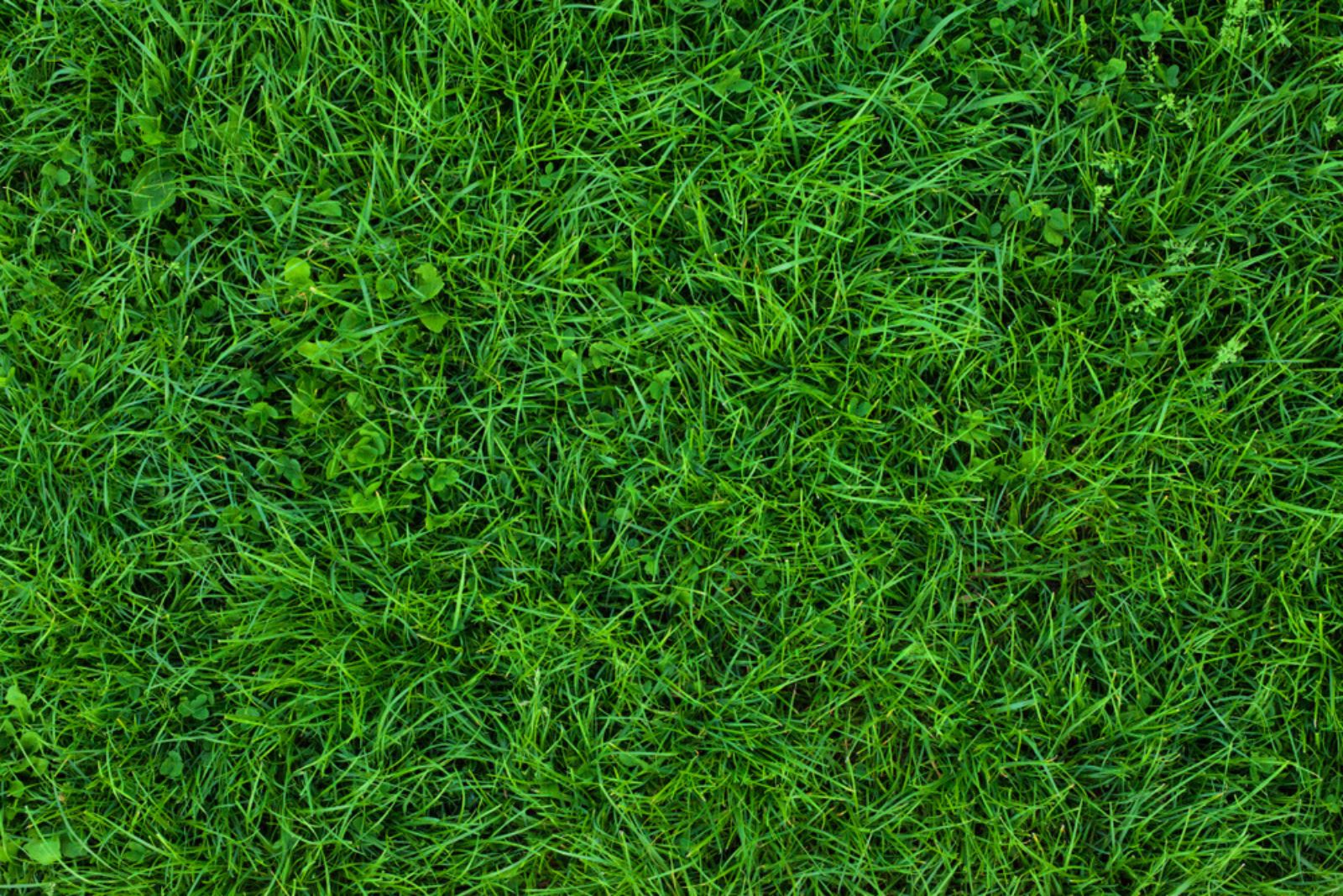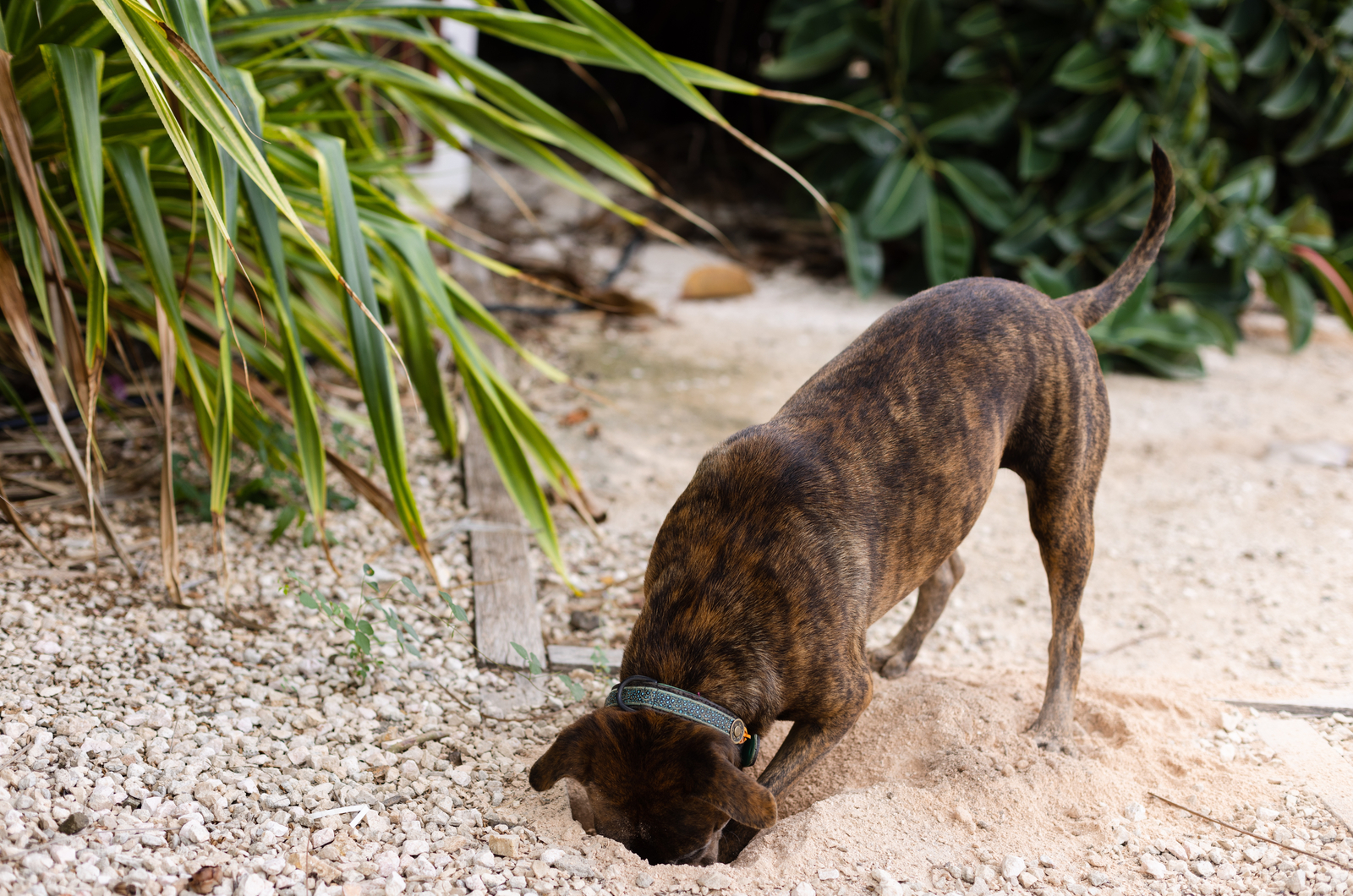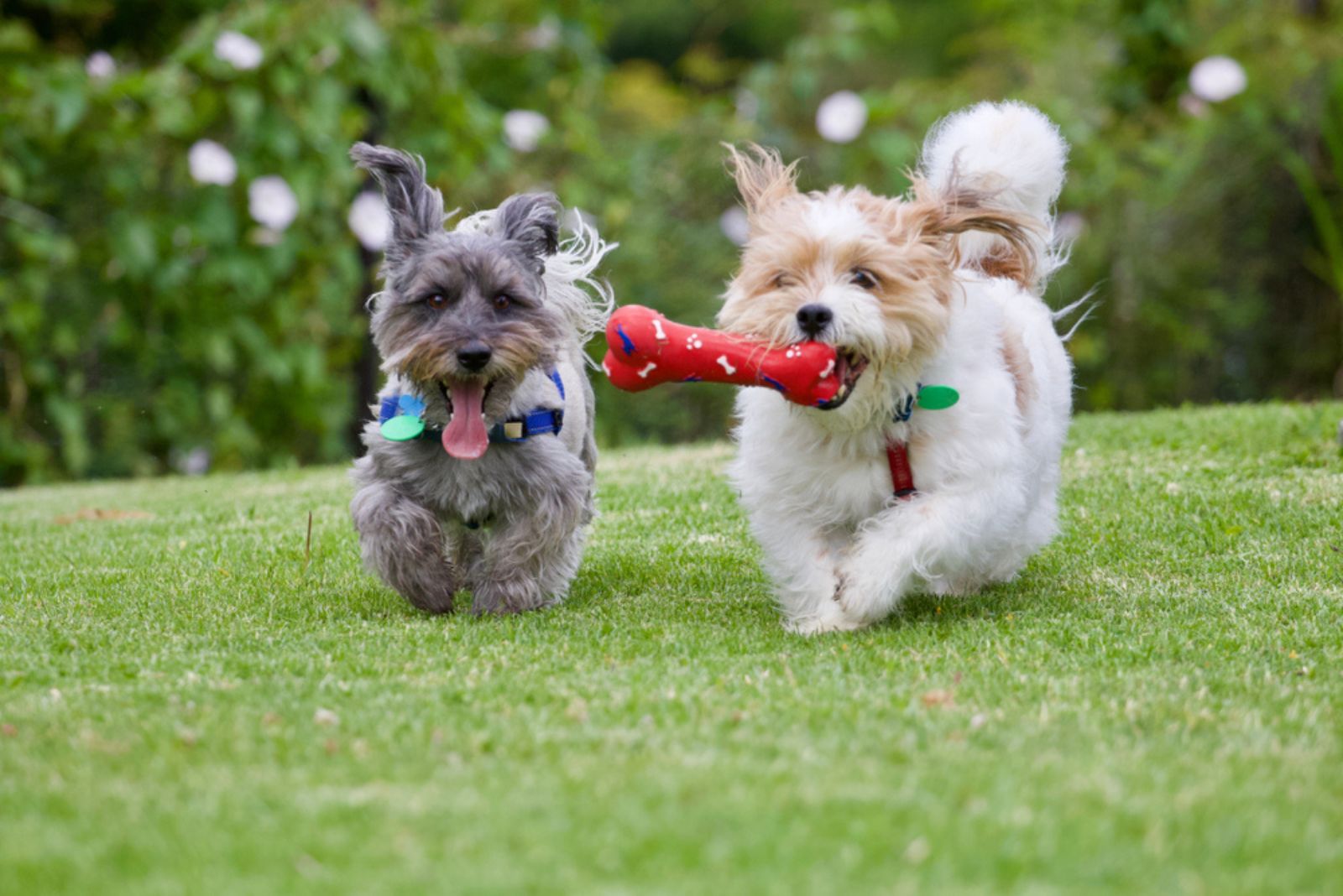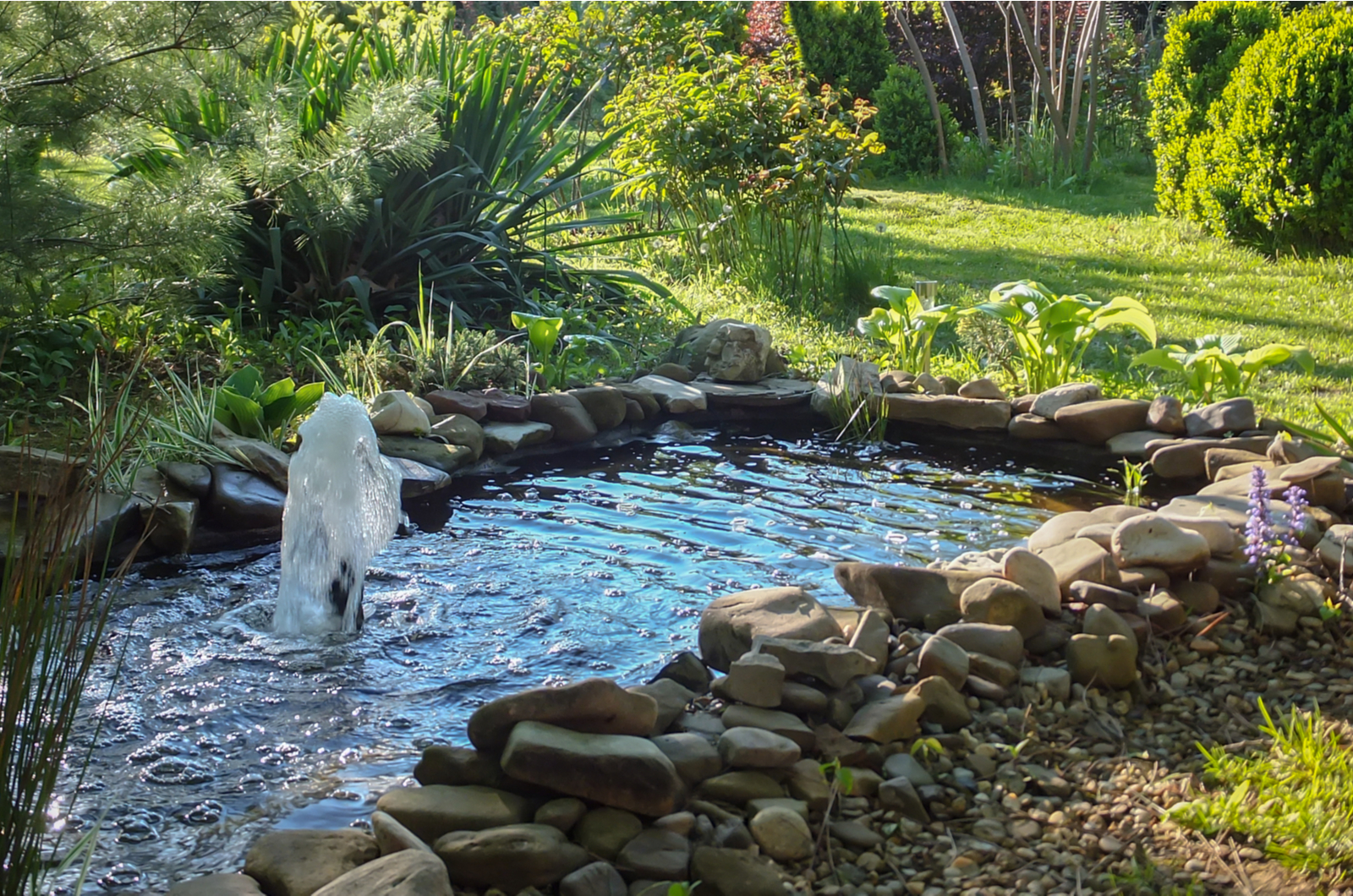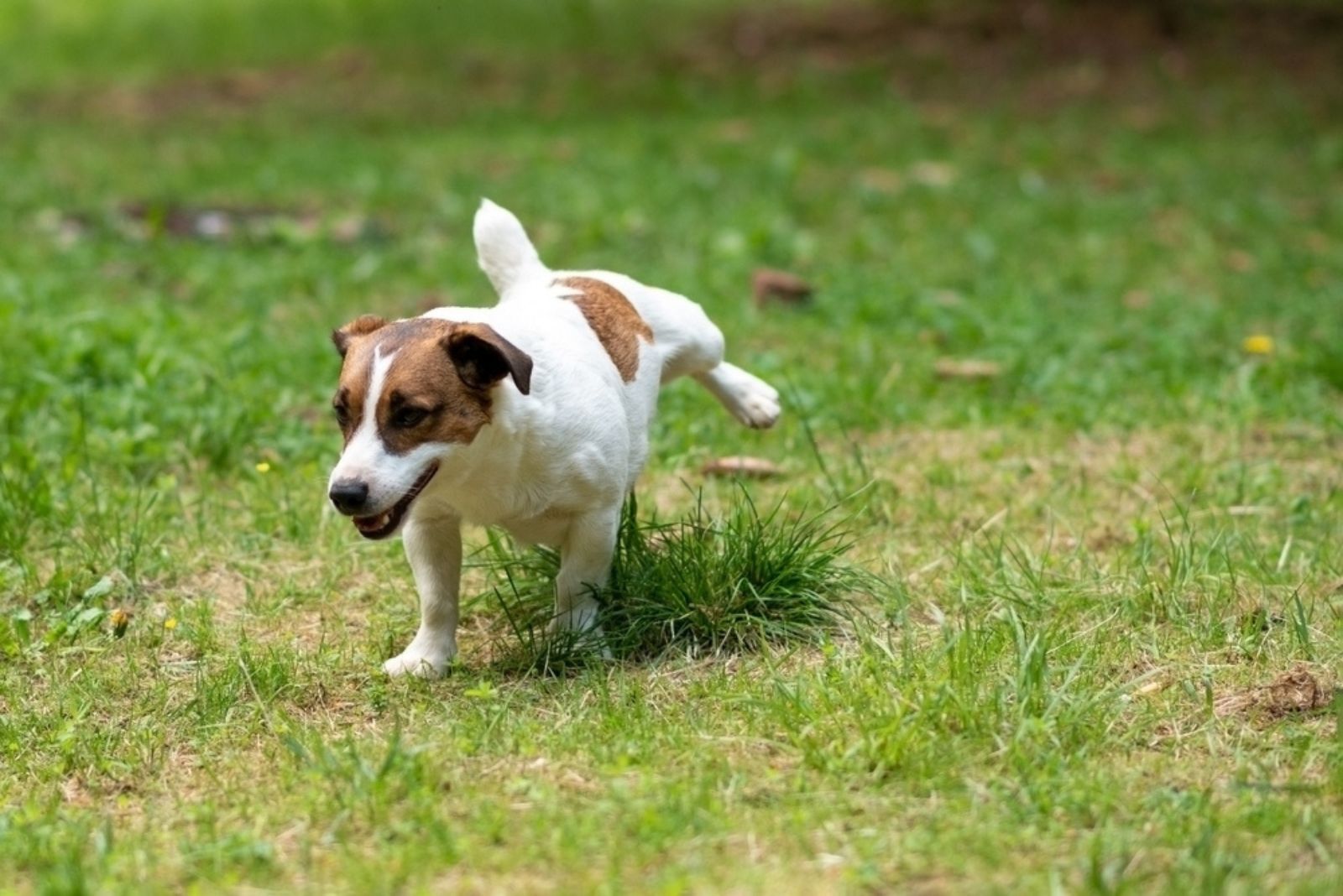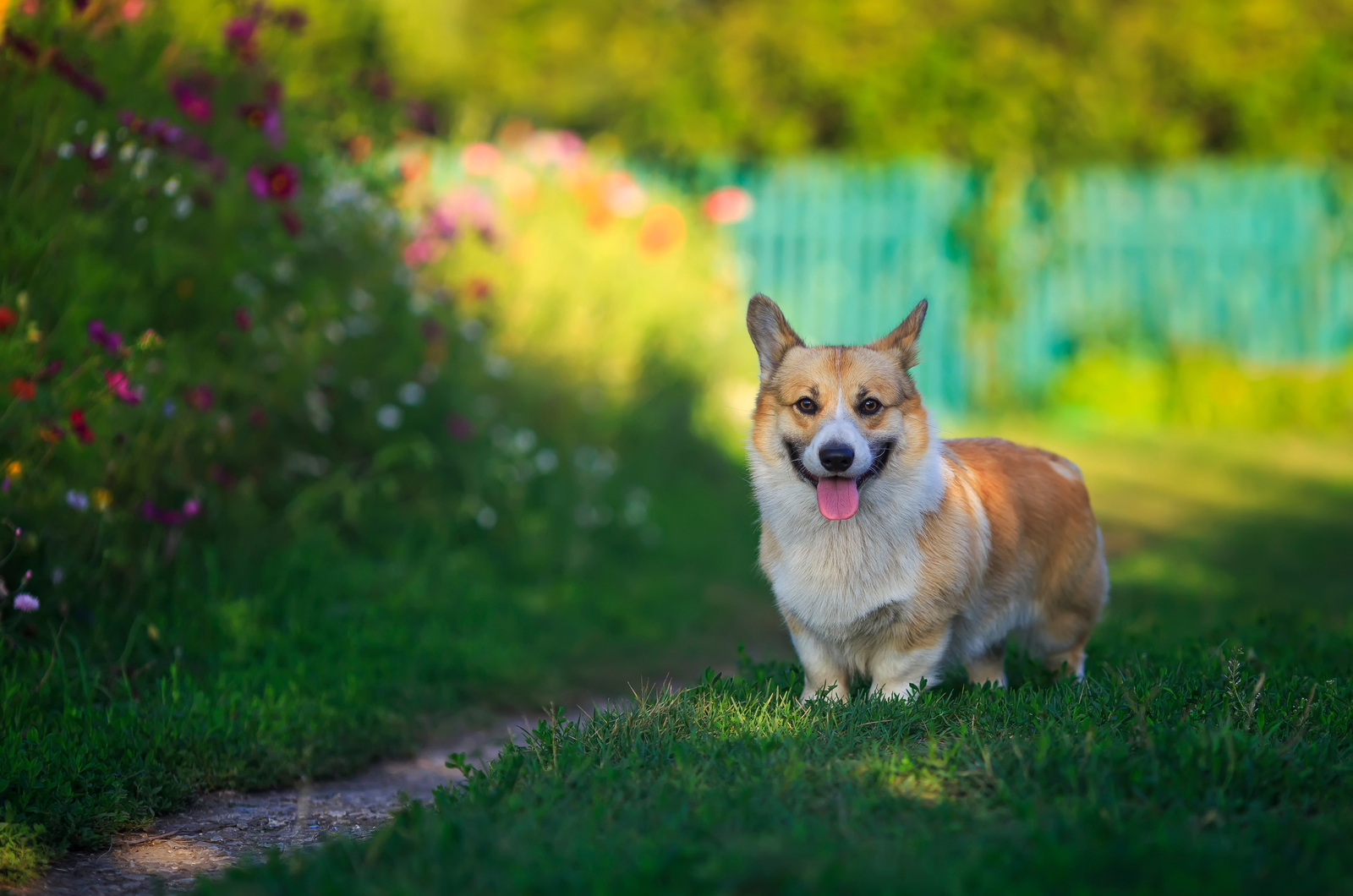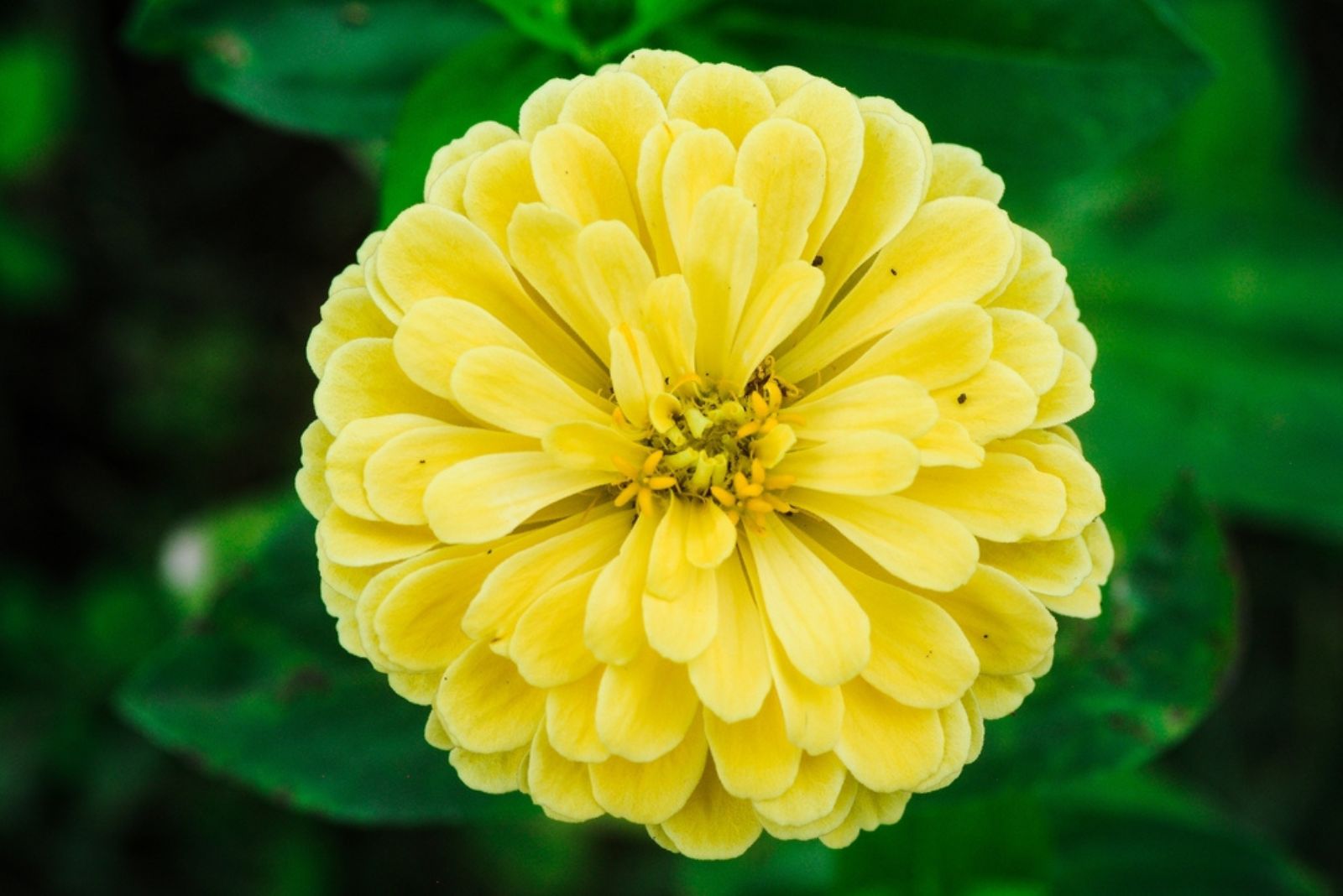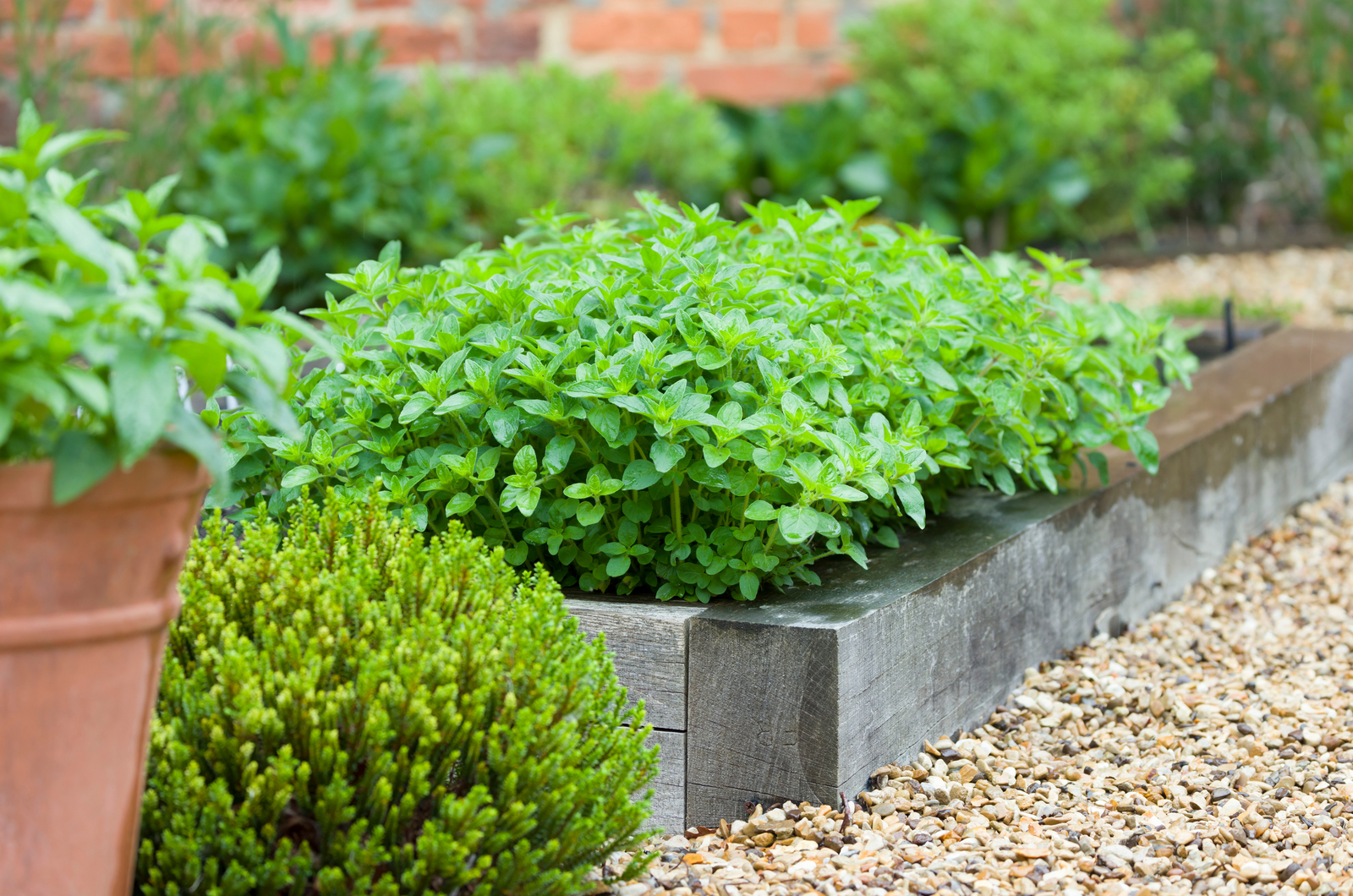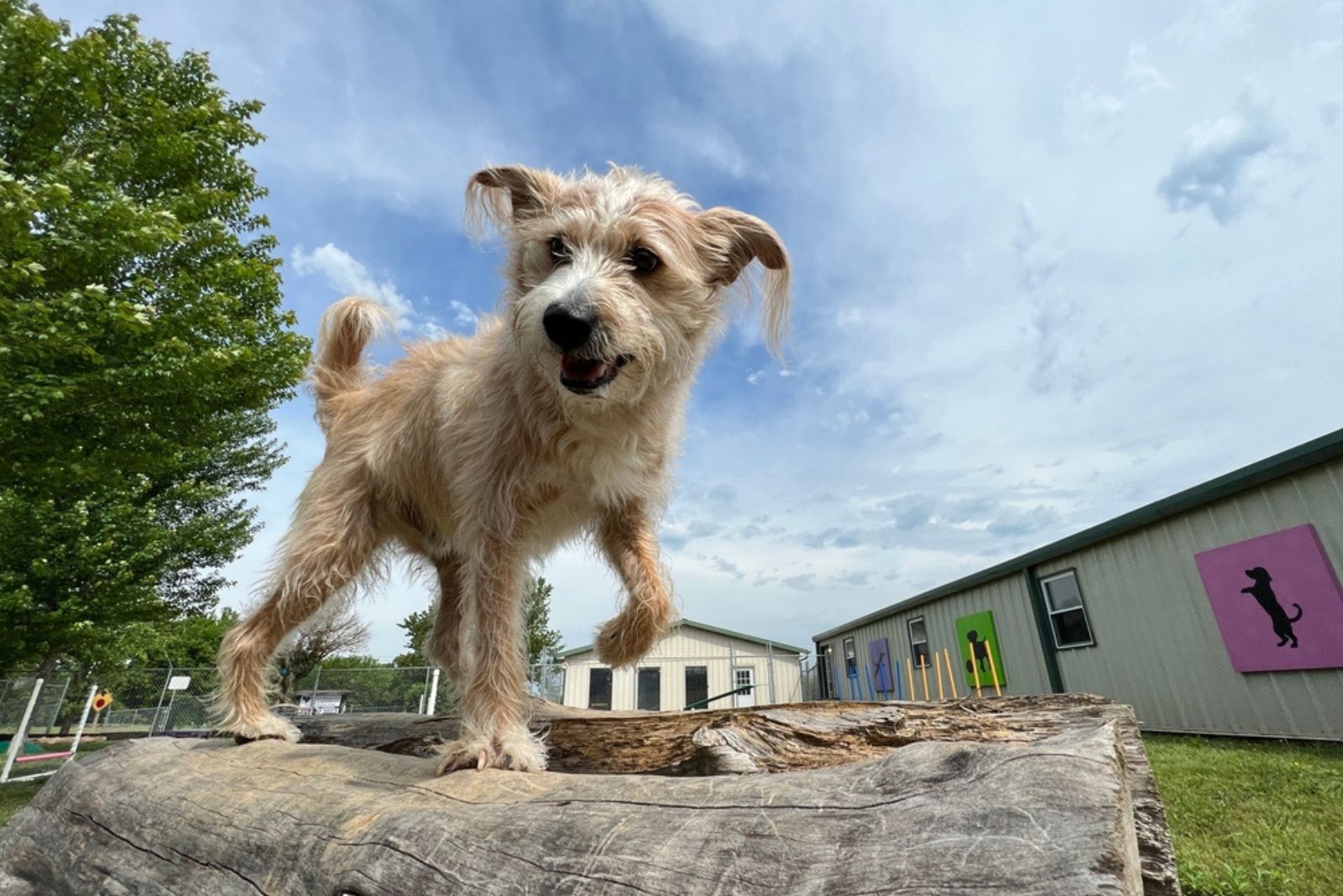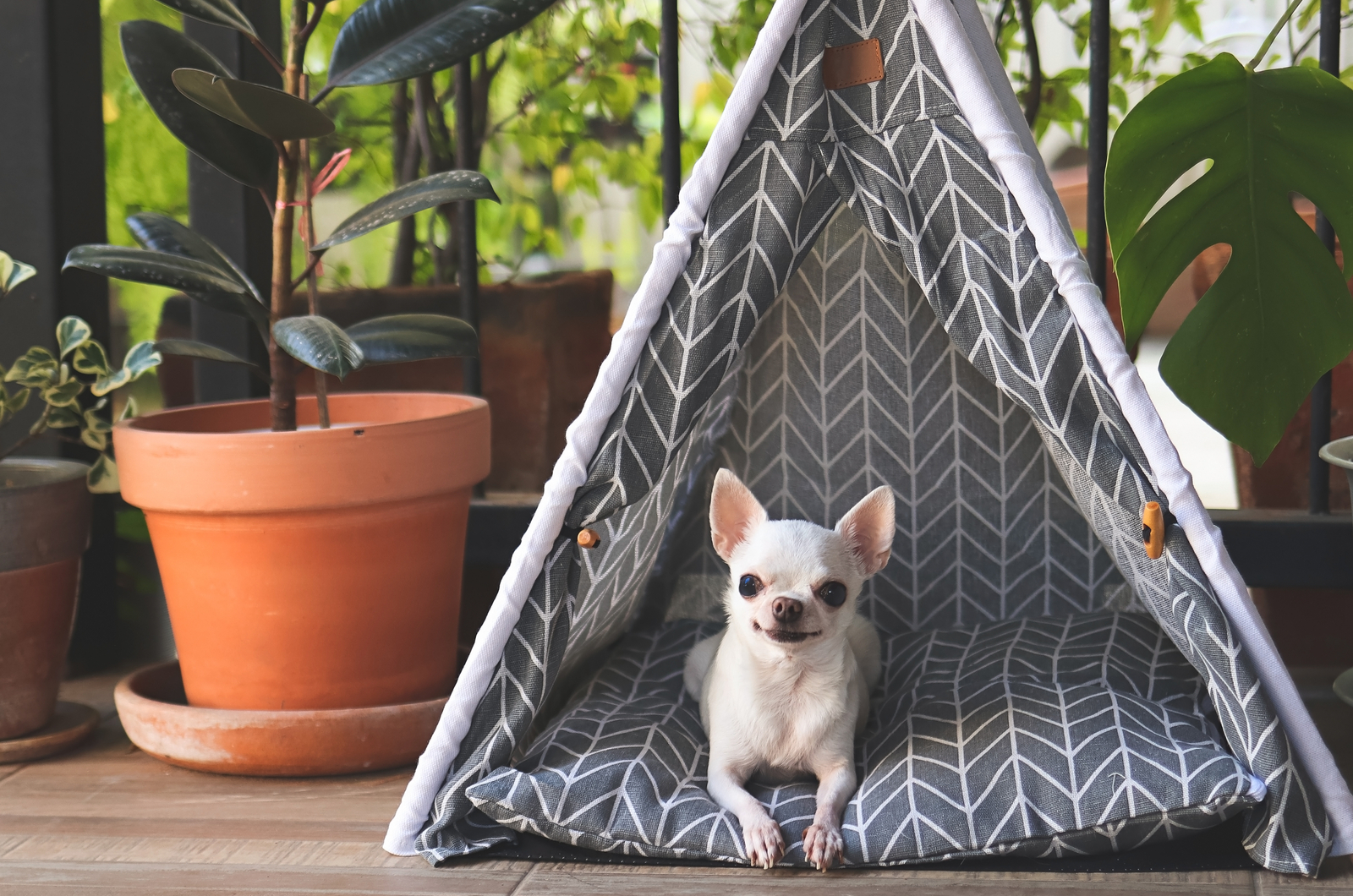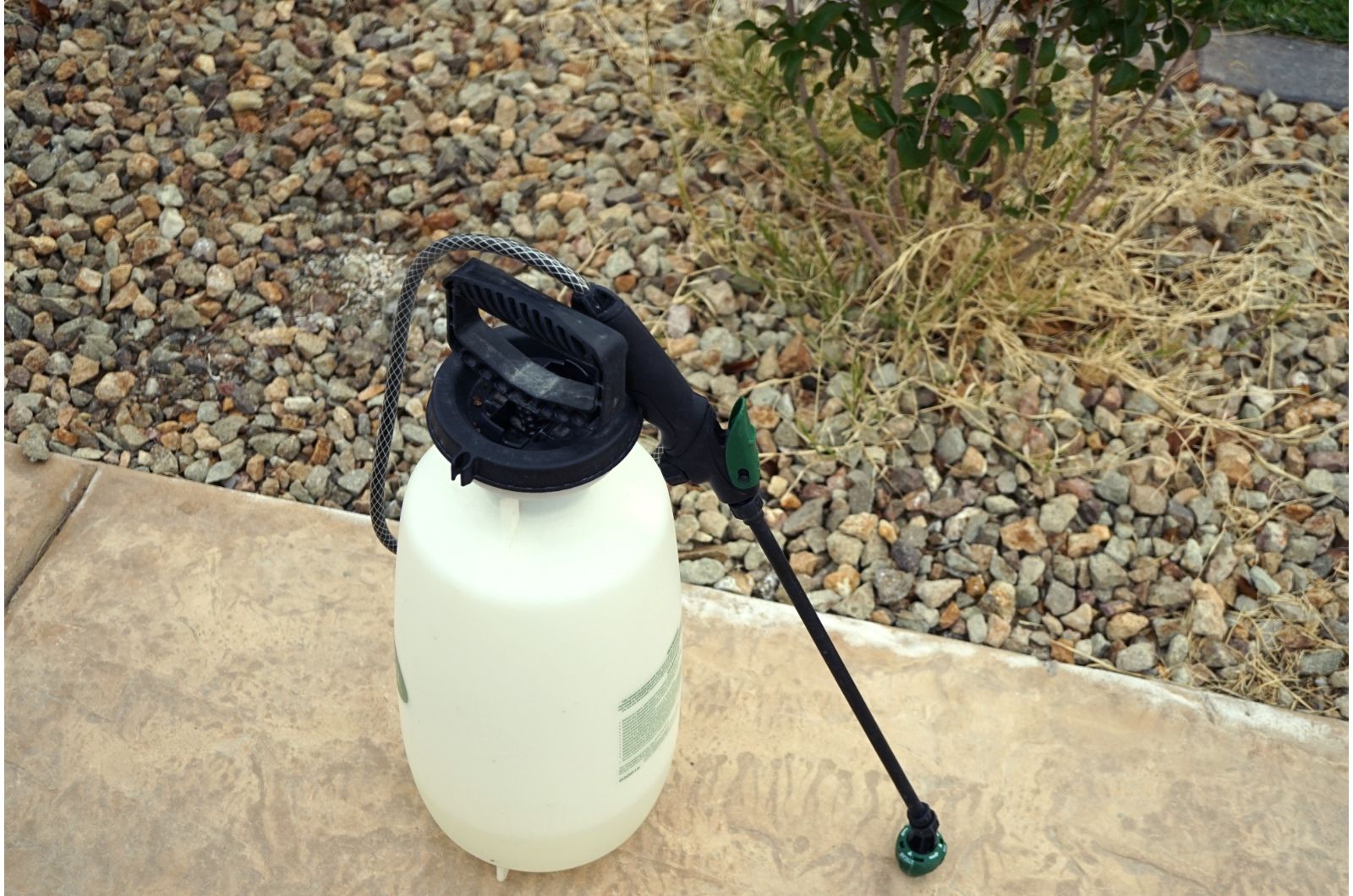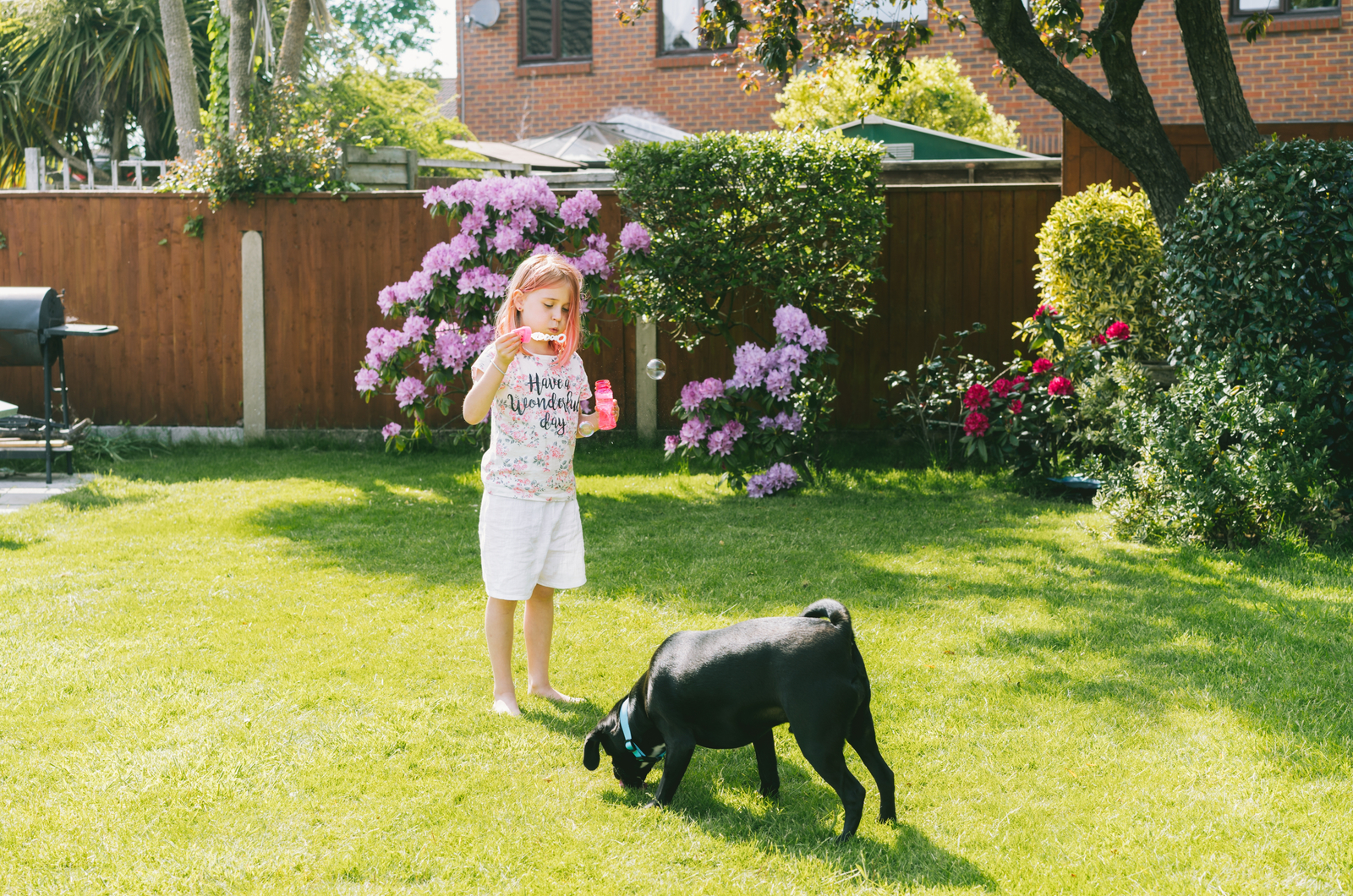Playing with my dogs outdoors always makes me happy, especially when the sun is shining and we all get to enjoy some vitamin D together. However, I noticed that my pet, Lola, didn’t want to go out in the garden with us.
I didn’t want her to feel left out, so I decided to explore a bit and find ways to create a dog-friendly garden.
It was very simple – all I had to do was let my lawn grow a bit and provide some shade because Lola likes to keep cool. Even if you have limited garden space, there are still some useful tricks to make it more enjoyable for your dogs.
In this article, I am going to cover some useful ways to create a dog friendly garden. So, get ready to transform your outdoor space into a dog paradise!
1. Grow Your Lawn
Letting your lawn grow will not only save you the trouble of constant mowing, but it will also create a softer mat for your dog’s paws. A lush green space provides a comfortable area for your furry friend to run, roll, and enjoy other outdoor activities.
You can also hide some treats in the grass and let them explore a bit!
In addition to this, longer grass will also benefit the insect population that will contribute to the garden’s overall ecosystem.
2. Allow Dogs To Dig
Keeping your garden nice and tidy can be a hard task if your dog likes to dig. So, instead of yelling “no” or “stop that”, you should designate a special area in the garden where your dog is allowed to dig.
Simply put a sandbox or create a digging spot with loose soil where your dogs can easily dig. You can also hide some treats or their favorite toys so that they focus on that specific area and leave your precious plants alone.
3. Playtime In The Garden
Make your garden more interesting to your dogs by putting something they can play with in it. Sure, you won’t create a dog park in your backyard, but you can find some ways to make the garden a fun and interactive space for playtime with your dog.
Set up obstacles, tunnels, or agility equipment that they can navigate and enjoy. Incorporate toys and interactive games that stimulate their minds and keep them entertained.
Check out this video and see how to create a DIY dog tug toy for the garden:
4. Secure The Borders
Make sure that your garden has fences that will prevent your dog from wandering off or going into areas that may be unsafe. Use fences, gates, or other barriers to create a secure border to keep your dog within the designated space.
Stay away from fences with sharp edges or spikes that could hurt your dog.
5. Add Water Features
While some dogs enjoy playing and splashing in water, others are terrified of it. I have two dogs, and one absolutely loves bathing and swimming, while the other one can’t even stand a drop of water.
So, I decided not to add any water features in my garden, but my friend Kim got a shallow pool so that her dogs can cool off – and they couldn’t be happier!
You can either opt for a pool for dogs, or maybe consider installing a small pond in the garden. In that case, check out: 15 Water Plants For Ponds And Tips For Growing Them
6. Create A Potty Zone
I’m sure you wouldn’t enjoy stepping in dog poop everytime you go outside in the garden. This is why you should create a potty zone to keep your lawn looking nice. This can be a gravel or mulch-covered area that is easy to clean and maintain.
Train your dog to use this specific area – simply take your dog on a leash to this area and use a cue like “go potty”. Once your dog finishes its business, reward it with a treat. Repeat this a couple of times and your dog will naturally go to this area.
7. Provide Some Shade
You have to create a shaded area for your dogs, especially during the hot summer days. This will allow your dog to enjoy outdoor activities during the warmer months.
Plant trees or install a canopy or umbrella to create shady spots that offer relief from direct sunlight. You can also get a doghouse or install a shade sail. Don’t use artificial lawns that can get burning hot during the summer.
8. Grow Plants That Are Safe
Some plants like Monsteras are toxic to dogs. Unfortunately, Monsteras are not the only ones that are toxic to dogs – other plants like Daffodils, Azaleas, and Lilies are toxic and might cause stomach problems when ingested.
Research pet-friendly plants and opt for non-toxic varieties to ensure the well-being of your furry companion. Some popular dog-safe plants include Petunias, Zinnias, Roses, and Sunflowers.
9. Consider Growing Herbs
Herbs are generally safe for dogs so you can plant them if you want to add color to your dog-friendly garden. Not only can they add fragrance and beauty to the space, but many herbs also have health benefits for dogs.
For example, herbs like parsley, mint, and dill can be beneficial for digestion, while lavender and chamomile have calming properties. This way, you will end up with a free dog medicine in your garden!
10. Let Your Dog Climb
Smaller dogs often like to climb and observe the environment from a higher point of view. So, if you own a small and fluffy dog, consider creating a structure that will allow your dog to climb and explore.
You can either install ramps, steps, or even a low platform that your dog can safely climb onto.
11. Get Creative In Limited Space
If you have limited space like a balcony or patio, you should get creative and find ways to make that area more suitable for your dogs.
For instance, you can put in some herbs, add a natural grass pee box, and get some toys and a dog bed so that your dogs can enjoy the outdoor space, even if it is a smaller one!
Also read: How To Keep A Dog Entertained While At Work: 19 Tips & Tricks
12. Avoid Using Harmful Chemicals
Most pesticides and herbicides can be harmful to your pets. They contain toxic chemicals that pose a health risk if ingested or absorbed through their paws.
Choose natural options like white vinegar for weeds, neem oil or copper fungicide for treating pests and fungal diseases, and coffee grounds as fertilizers.
13. Make Sure That Visitors Are Safe
Most of my friends that come and visit love to play with my dogs. However, there is this one girl that is terrified of dogs no matter how friendly they are, which is why I always have to put them on a leash or close them in the house.
I recommend you provide clear instructions and guidelines to make sure that both your dogs and your guests are safe and comfortable.

